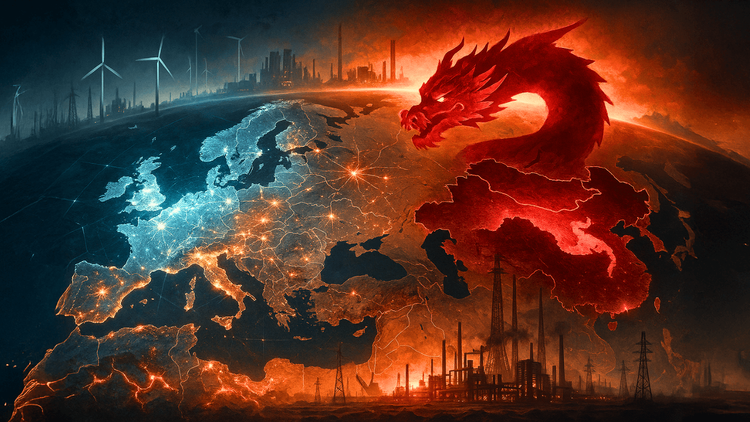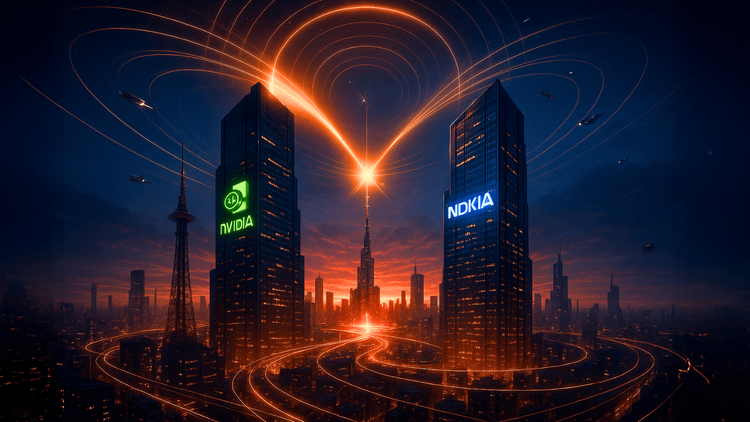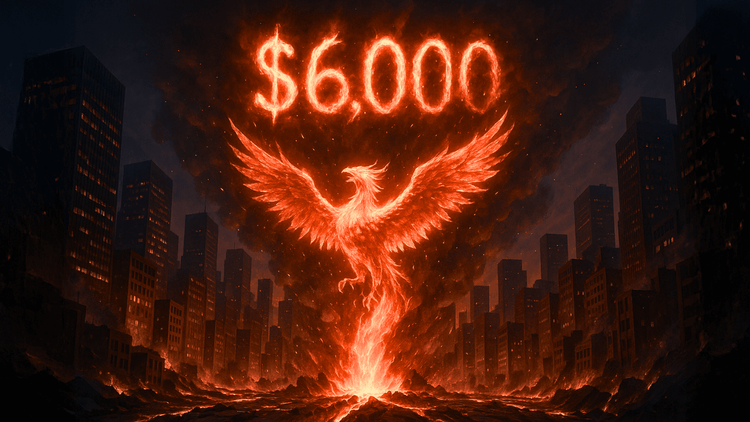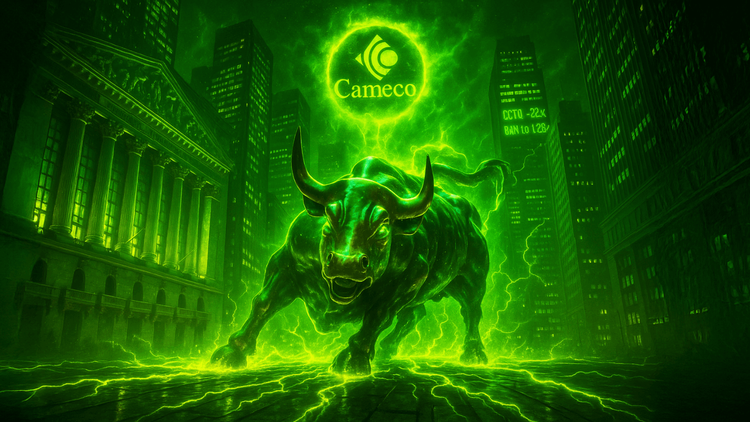Arabica Futures Soar to Record Highs, Threatening Consumer Costs
A Global Coffee Supply Crunch Fuels Record Arabica Prices and Risks Costlier Cups

Coffee lovers, brace yourselves: the cost of your daily brew is climbing to unprecedented heights. Arabica coffee futures surged to record levels in New York trading, highlighting a supply crunch that’s shaking the global market. The sharp price increases, driven by severe weather conditions in key coffee-growing regions, are forcing cafes and roasters to consider passing these higher costs on to consumers.
Arabica Hits a Record High
Arabica coffee futures jumped by 3.5% this week, reaching $3.411 per pound—a figure that eclipses all previous records dating back to 1972. This milestone outpaces even the infamous coffee crisis of the 1970s, when Brazil’s Black Frost devastated crops.
Favored for its rich flavor and complex aroma, Arabica is the bean of choice for specialty brews. Its higher cost compared to robusta coffee often reflects its superior quality. However, the latest price hike isn’t about luxury—it’s about scarcity.
Weather Woes in Brazil and Beyond
Brazil, the world’s largest Arabica producer, faced a double whammy this year: a severe drought followed by erratic rainfall. These conditions have slashed crop yields and heightened fears about future harvests.
While Vietnam predominantly grows robusta coffee, its production woes have ripple effects on the global market. Prolonged dry spells and untimely rains have disrupted Vietnam’s coffee belt, adding pressure to supply chains.
The Economic Impact on Roasters and Cafes
Roasters and cafes are already feeling the pinch. Many have raised prices or scrapped promotional discounts to protect profit margins. Some warn that further increases may be unavoidable as supply pressures persist.
With inflation still a concern globally, higher coffee prices are adding to the burden on consumers. A simple cup of coffee at your favorite café could soon become a more costly indulgence.
Arabica vs. Broader Food Costs
Unlike broader wholesale food costs—which have remained below their early 2022 peaks—coffee has joined a shortlist of commodities bucking the trend. Other soft commodities, such as cocoa and orange juice, have also seen dramatic price increases this year.
From droughts in West Africa impacting cocoa to hurricane damage in Florida’s orange groves, the agricultural sector is grappling with challenges that extend beyond coffee. These pressures have turned soft commodities into some of the year’s best-performing raw materials.
What’s Driving the Global Coffee Rally?
Global coffee supply chains were already fragile, and the recent weather crises have exposed their vulnerabilities. With reduced yields in top-producing nations, the ability to meet global demand is shrinking. The rally in Arabica prices isn’t just about supply shortages. Speculators in commodity markets are also driving up prices, betting on continued challenges in production.
Lessons from the 1970s Coffee Crisis
The last time coffee prices hit such heights was in the late 1970s, following Brazil’s catastrophic Black Frost. This event crippled coffee trees and sent shockwaves through global markets. While the causes differ—climate change is now a key player—the outcomes remain eerily similar. Consumers and businesses alike are grappling with rising costs and uncertain futures.
What This Means for the Future
If extreme weather events continue to disrupt coffee-growing regions, high prices could become the new normal. Industry experts are calling for greater investment in climate-resilient agriculture to stabilize the market. Higher prices may also change how people consume coffee. From brewing more at home to exploring alternative beverages, consumers are likely to adapt in creative ways.
Conclusion: A Bitter Reality
The surge in Arabica coffee prices underscores the vulnerabilities of global supply chains and the broader impact of climate change on essential commodities. While the rally is a boon for speculators, it spells trouble for roasters, cafes, and coffee enthusiasts worldwide. As costs rise, the beloved coffee cup may soon feel less like a simple pleasure and more like a luxury.






